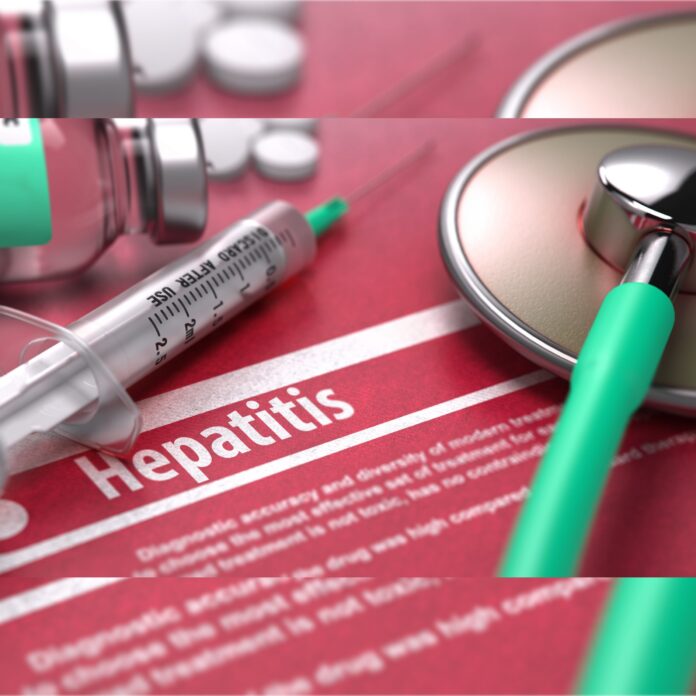As we prepare to observe World Hepatitis Day on July 28th, it’s crucial to raise awareness about this pervasive disease that primarily targets the liver. Hepatitis is an inflammation of the liver and can manifest in several forms, including Hepatitis A, B, C, D, and E. Each type has its distinct characteristics, causes, and risk factors. By understanding these risks, we can take proactive steps to reduce the likelihood of contracting hepatitis. In this article, we explore the risk factors associated with hepatitis and provide practical tips to lower your chances of infection.
What is Hepatitis?
Hepatitis is an inflammation of the liver, and it can be caused by viral infections, alcohol consumption, toxins, and certain medications. The five main types of hepatitis—A, B, C, D, and E—have different transmission methods and impact individuals differently. The focus of World Hepatitis Day 2024 is to educate people about these various forms and emphasize the importance of prevention.
Risk Factors for Hepatitis
Understanding the risk factors is the first step towards effective prevention. Here’s a detailed look at what increases the risk of contracting different types of hepatitis:
1. Contact with Infected Individuals
Coming into direct contact with someone infected with hepatitis significantly raises your risk. This contact can happen through physical interaction, shared household items, or even during medical procedures if proper precautions are not taken.
2. Poor Hygiene Practices
Inadequate hygiene and sanitation can expose you to hepatitis-causing viruses. Ensuring cleanliness in daily routines can prevent infections, especially Hepatitis A and E, which are often spread through contaminated food and water.
3. Intimate Contact
Hepatitis B and C are commonly spread through blood, saliva, semen, and other bodily fluids. Engaging in unprotected intercourse or intimate contact with an infected person can lead to transmission.
4. Consuming Contaminated Food
Viruses causing Hepatitis A and E can be present in spoiled or improperly stored food. It’s essential to avoid consuming old or contaminated food and to store food in hygienic conditions.
5. Exposure to Dirty Water
Drinking or using contaminated water increases the risk of hepatitis, particularly types A and E. It’s vital to ensure that your water source is clean, especially when traveling to regions with poor water sanitation.
6. Eating Uncooked Seafood
Raw or undercooked seafood, such as shellfish, can harbor viruses that cause hepatitis. Ensuring that seafood is thoroughly cooked can mitigate this risk.
7. Contact with Contaminated Blood
Exposure to contaminated blood, such as through shared syringes or unsterilized medical equipment, poses a significant risk, especially for Hepatitis B and C.
8. Tattoos and Piercings
Unhygienic tattooing or piercing practices can lead to infection if contaminated needles are used. Always choose reputable establishments that follow strict hygiene protocols.
9. Sharing Personal Items
Sharing items like toothbrushes, razors, or towels with someone who has hepatitis can spread the infection. It’s important to keep personal items private and separate.
How to Reduce the Risk of Hepatitis
Preventing hepatitis involves making informed lifestyle choices and adhering to best practices for hygiene and health. Here are effective strategies to reduce your risk:
1. Vaccination
Vaccines are available for Hepatitis A and B and are a powerful tool in preventing these infections. Speak with your healthcare provider about getting vaccinated, especially if you are at higher risk.
2. Maintain Proper Hygiene
Practicing good hygiene by washing hands frequently, especially before meals and after using the restroom, can help prevent the spread of viruses. Ensure your surroundings are clean and sanitized.
3. Keep Personal Items Separate
Avoid sharing personal items with others to reduce the risk of spreading or contracting infections. This practice is essential for preventing hepatitis as well as other contagious diseases.
4. Cook Food Thoroughly
Properly cooking food, particularly meat and seafood, reduces the chance of ingesting viruses. Always ensure your meals are prepared hygienically and served hot.
5. Drink Clean Water
Ensure your drinking water is clean and safe. When traveling, carry bottled water and avoid consuming water from uncertain sources. This simple precaution can protect you from hepatitis.
6. Discuss Health with Partners
Engage in open conversations with sexual partners about their health history. Consider testing for hepatitis and other sexually transmitted infections to ensure safety for both partners.
7. Choose Reputable Tattoo Parlors
When getting tattoos or piercings, select well-reviewed parlors that adhere to health and safety regulations. Ensuring the use of sterilized equipment can prevent transmission.
8. Be Aware and Educated
Stay informed about the risks and protective measures associated with hepatitis. Educate yourself and others about safe practices to reduce the spread of this disease.
9. Lead a Healthy Lifestyle
Beyond specific preventive measures, maintaining a balanced diet and avoiding excessive alcohol consumption can support liver health. Regular medical check-ups can also catch early signs of liver issues.
Understanding hepatitis, its risk factors, and prevention methods is crucial for safeguarding liver health and overall well-being. This World Hepatitis Day, take proactive steps to protect yourself and your loved ones from this potentially life-altering disease. By prioritizing hygiene, staying informed, and getting vaccinated, you can significantly reduce the risks associated with hepatitis.
For more insights and updates on health and wellness, follow Uncensored Networks as we continue to bring you the latest news and expert advice.



